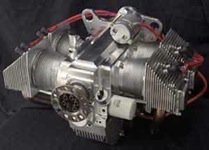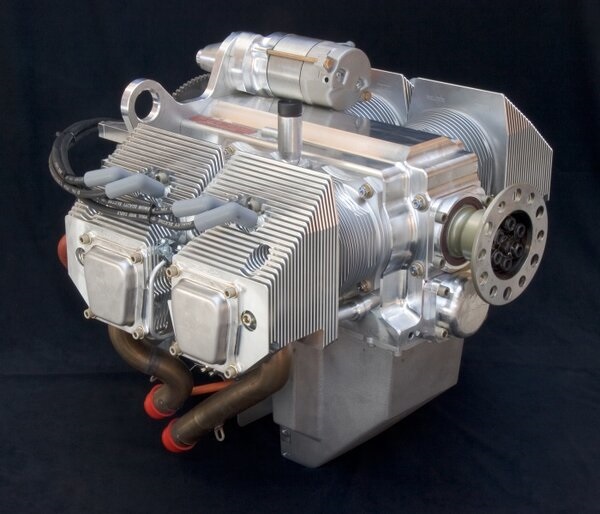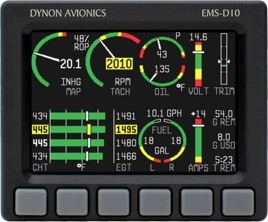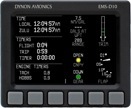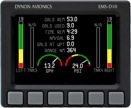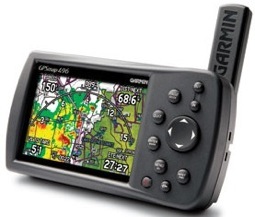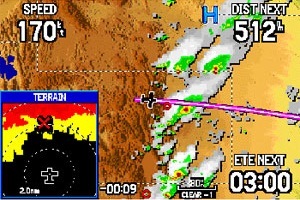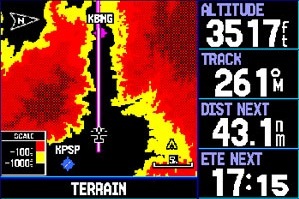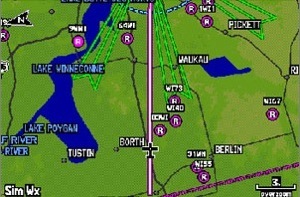EQUIPMENT
ENGINE
The Jabiru 2200cc Aircraft Engine is a 4-cylinder 4-stroke horizontally opposed air cooled engine cranking out 85 hp.
At 132 lbs. installed weight it is the lightest 4-cylinder 4-stroke aircraft engine of this output manufactured in the world. It can be installed in an aircraft at the same weight as most popular 2-stroke engines.
Overall dimensions are extremely small. It’s 23.5″ makes for a very small frontal area. The Jabiru engine is designed by aircraft designers for aircraft and is currently used on over 50 different aircraft applications.
Engine Features:
- 4 Stroke
- 4 Cylinder Horizontally Opposed
- 1 Central Camshaft
- Push Rods
- Over Head Valves (OHV)
- Ram Air Cooled
- Wet Sump Lubrication
- Direct Propeller Drive
- Dual Transistorized Magneto Ignition
- Integrated AC Generator
- Electric Starter
- Mechanical Fuel Pump
- Naturally Aspirated – Press. Comp. Carburetor
- 6 Bearing Crankshaft
Beginning with the easy-to-see function display all important information is provided in extra large characters for easy viewing, day or night. Effective viewing angle increases side visibility making the IC-A200 easier to read.
Simple operation is key to the IC-A200. The automatic squelch function eliminates the need to make inconvenient squelch adjustments.
The X-Air panel comes wired for the intercom function of the IC-A200 which
ENGINE MONITOR: DYNON EMS-D10
The EMS-D10 is an ergonomically engineered Engine Monitoring System (EMS) that blends traditional analog gauges with newer digital technologies. The EMS-D10 replaces up to 16 different types of gauges and fits nicely into a standard 3-1/8″ panel cutout. The sunlight-readable, color display and softkey menu system result in a user-friendly instrument that enhances overall safety and peace of mind.
What makes the EMS-D10 so powerful is its ability to continuously monitor up to 27 available sensor inputs that cover the engine, fuel and other miscellaneous systems and annunciate any abnormality immediately upon detection. This constant scan significantly reduces the pilots workload while providing a more thorough and consistent review.
A multi-page display environment provides pilots with an excellent systems overview coupled with the added capability of presenting additional detail upon demand to optimize overall management of the various systems. Each of the color graphic screen presentations promotes easy visual scanning for interpretation of the current measurements relative to their normal/abnormal operational limits.
TRANSPONDER: GTX 327 (OPTIONAL)
GTX 327 features a solid state design, and with no warm up time, lower power consumption and much lower heat emissions, you’ll enjoy a longer service life. It provides 200 watts nominal power output and has an easy-to-read DSTN liquid crystal display which reverses the numbers out of black for optimal viewing. An innovative keypad makes entering a squawk code a snap, and a dedicated VFR button allows for quick-and-easy VFR squawking. Similar to the GTX 330 Mode S transponder, the 327 also offers several timing and display functions, including flight time, count-up and count-down timers, as well as current pressure altitude.
GPS: 495/496 (OPTIONAL)
Fly smarter and safer with the GPSMAP 496 on board. This “know-it-all” mini-MFD puts more power and information at your fingertips than any other portable handheld in the history of aviation. Similar to the GPSMAP 396, the 496 combines satellite weather with a detailed color map and terrain alerting, then takes it up a notch with even more high-end software and features. The 496 is a “must have” for any pilot.
Enjoy Faster Update Rate
For added realism and safety, the 496 updates map data and “Panel” page instruments at 5 Hz, a significantly faster update rate that gives you a smoother, near “real-time” presentation of your aircraft’s analog indicators, such as the HSI and turn coordinator.
Enhance Situational Awareness
GPSMAP 496 features a built-in Jeppesen database, and an Americas, Atlantic or Pacific terrain database. It also includes an obstacles database for the U.S. or Europe. Using this information, the 496 displays your flight route over contour terrain mapping. The higher-resolution terrain database includes over ten times as much data as the 396’s for even more visual reference. With information from the terrain and obstacles databases, the 496 monitors your current position in relation to surrounding terrain to provide alerts. Even customize your own minimum clearance levels to receive terrain cautions. The addition of private airports and heliports to the database provides even more navigation and emergency “nearest” options.
Add Weather, Radio and Traffic
Make informed decisions based on weather and traffic with optional sensors and services. With a subscription to XM WX Satellite Weather™ and the included GXM 30A smart antenna, you’ll have access to constantly-updated, high-resolution weather data for the U.S, right in the cockpit. Weather information includes Next Generation Radar (NEXRAD), Aviation Routine Weather Reports (METARs), Terminal Aerodrome Forecasts (TAFs), Temporary Flight Restrictions (TFRs), Lightning and Winds Aloft and can be laid directly over the 496’s Jeppesen and topographic map databases. With an additional monthly service fee, GXM 30A delivers XM Satellite Radio to your aircraft. Add a Garmin Mode S transponder, and the 496 will also display TIS traffic alerts that identify surrounding air traffic.
Navigate by Air, Land or Sea
Garmin’s GPSMAP 496 comes ready to go right out of the box with preloaded City Navigator® NT street maps, including a hefty points of interest (POIs) database with motels, restaurants, fuel, ATMs and more. Simply enter a destination, and you’re automatically routed with voice-prompted turn-by-turn directions. In addition, GPSMAP 496 accepts customized points of interest such as school zones and safety cameras and includes proximity alerts to warn you of upcoming POIs. Add optional BlueChart® g2 data cards, and turn the 496 into a color chartplotter.

